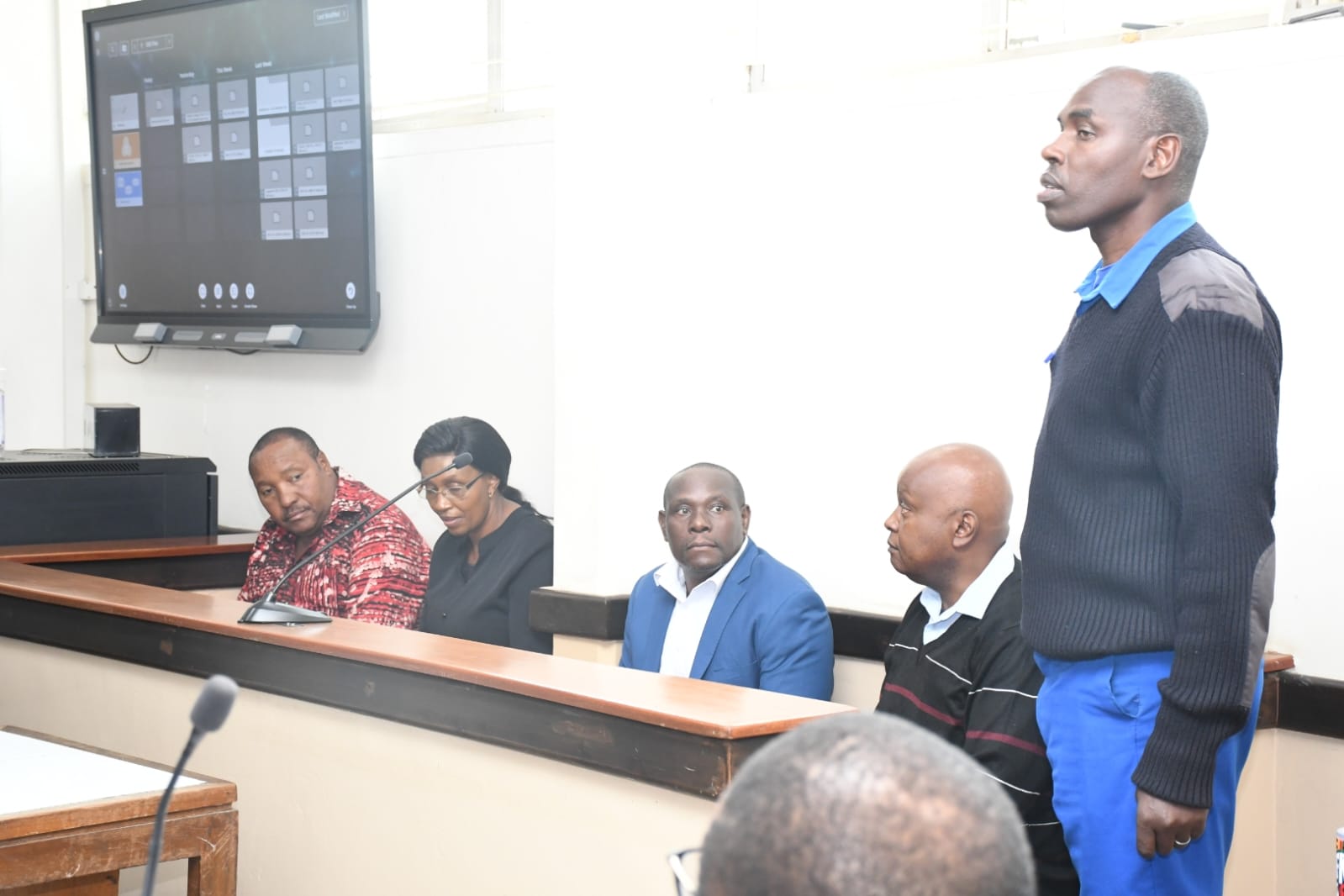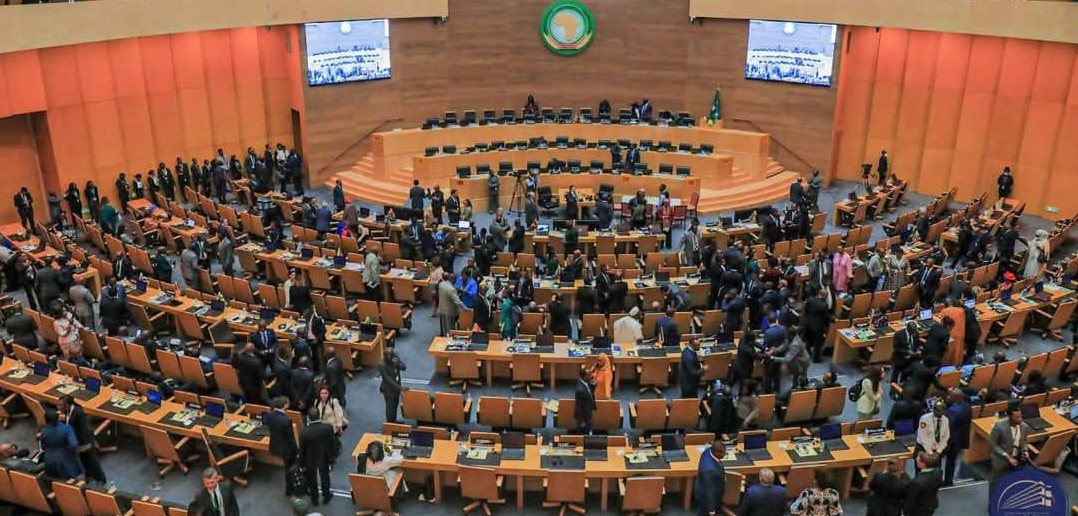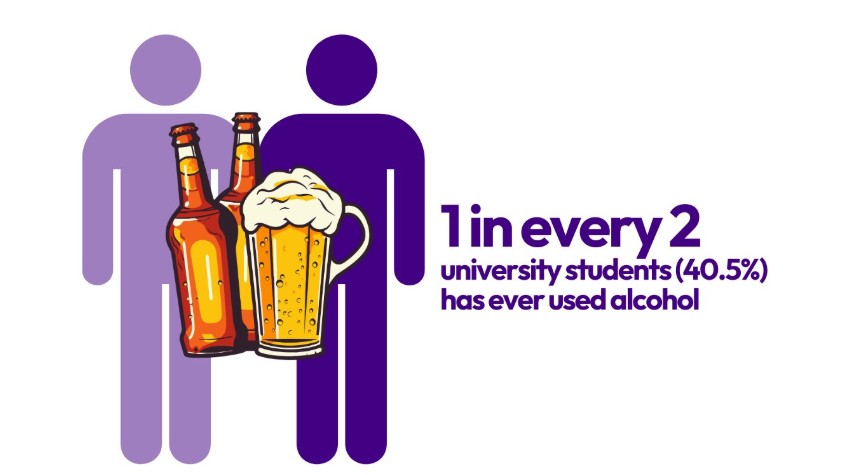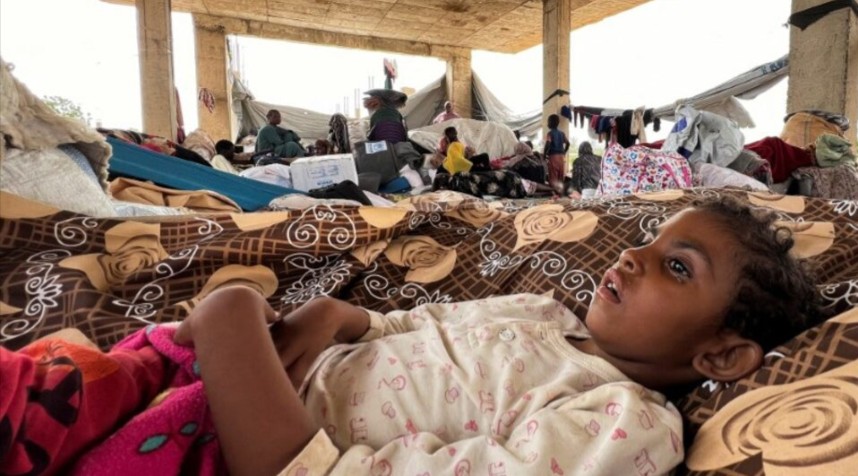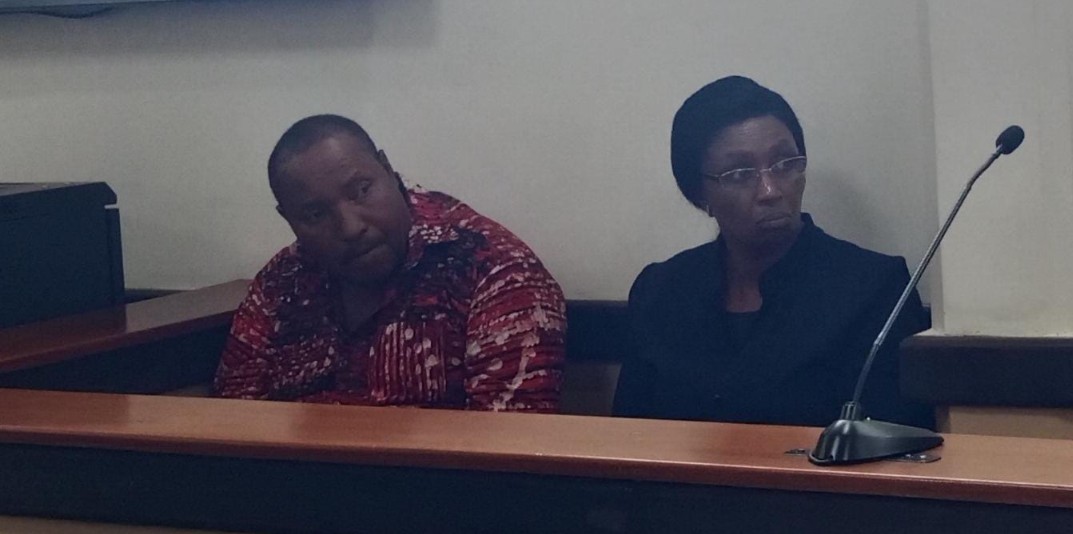Unresolved SHIF challenges leave Kenyans frustrated as system failures hinder access to healthcare services
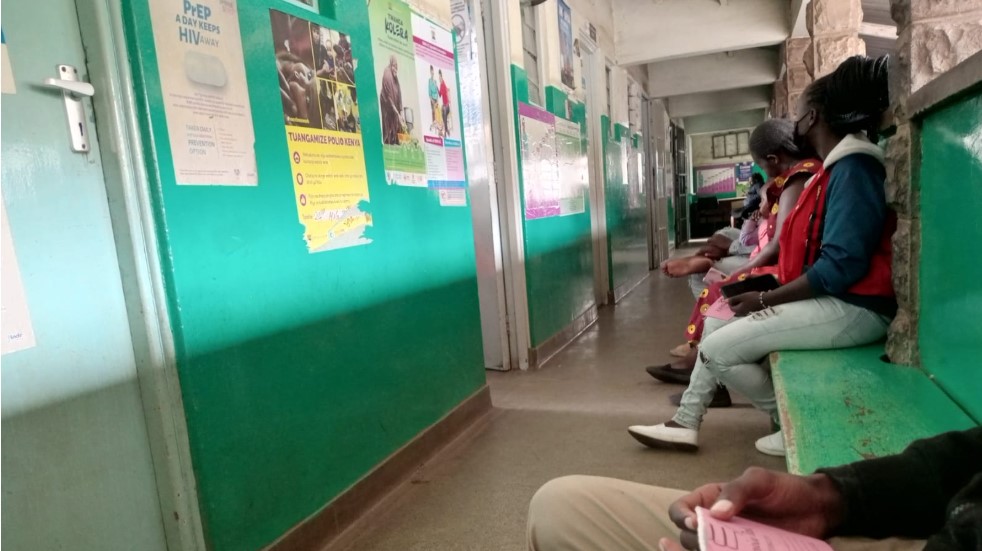
A major point of contention is the new scientific means-testing system, which determines individual contributions based on 2.75 per cent of a person’s income.
Months after the rollout of the Social Health Insurance Fund (SHIF), unresolved issues continue to affect many Kenyans.
Last year, the Ministry of Health transitioned individuals from the now-defunct National Health Insurance Fund (NHIF) to the Social Health Authority (SHA), a move that sparked public outcry.
More To Read
- Health Ministry blames Sh43 billion NHIF debt for disruption of services in public, private hospitals
- Barasa faces tough questions from MPs on transition from NHIF to SHIF
- Nyeri tops SHA registration as Asal counties struggle to enroll
- SHA platform receives over 940 claims worth Sh12 million amid faltering system
While the ministry defended the transition as both legal and voluntary, many remain dissatisfied with its implementation.
Four months later, approximately 4.3 million Kenyans who were automatically moved from NHIF to SHIF have yet to update their profiles. Although the ministry reports that 18.8 million Kenyans have registered, only about 3.3 million have completed the scientific means-testing required to determine their eligibility for treatment. This leaves around 15.7 million individuals who have not undergone this crucial process.
SHIF was introduced to provide universal health coverage and reduce out-of-pocket medical expenses. However, months into its operation, the scheme has been marred by system failures, leaving many patients unable to access healthcare services.
A spot check by The Eastleigh Voice revealed widespread scepticism, with many Kenyans frustrated by how the scheme operates. Concerns about the 2.75 per cent contribution, out-of-pocket expenses, and uncertainty about when they will receive services remain prevalent. Transparency issues and the complexity of the registration process continue to be major points of contention.
Kenyans have turned to social media to voice their frustrations, with some becoming so dissatisfied that they have resorted to taking matters into their own hands.
Protest at Afya House
On January 15, Grace Njoki, a 61-year-old woman, and a group of patients stormed a press briefing by Health CS Deborah Barasa at Afya House to protest delayed services despite having paid their premiums.
They accused Kenyatta National Hospital (KNH) of neglect after waiting for treatment for seven days due to system failures.
"We are standing at the gate. We have been walking from Kenyatta Hospital since last Wednesday, seeking treatment, but the system is not working. Patients are being discharged without receiving care. We are here to protest against this neglect," Njoki stated.
Despite Kenyatta National Hospital admitting to system hitches, Njoki was later arrested in a dramatic turn of events. Her arrest at Ladnan Hospital in Pangani, Nairobi, occurred as she attempted to book for a knee surgery scheduled for the following Friday. Reports indicate that the forceful arrest stemmed from her earlier protest at Afya House.
Njoki, who captured national attention with her bold stance, was later released on a Sh10,000 cash bail. The Ministry of Health confirmed through PS Harry Kimtai that charges had been pressed against her.
Her arrest sparked questions about the legitimacy of the scheme and why she was being detained for advocating for her rights and those of other patients, further fuelling concerns among Kenyans.
Not fully understood
Speaking to The Eastleigh Voice, Stephen Mwangi said he has yet to update his SHIF profile as he does not fully understand how the system works.
"At first, I thought the monthly contribution had dropped from Sh500 to Sh300, which seemed like a good deal. But then I realised it’s more complicated than that. Now, I’m left wondering how the government plans to calculate this 2.75 per cent they keep talking about. And if they do, where will I get the money to pay it all at once?" he asked.
For informal workers like Mwangi, NHIF’s flat-rate model made it easier to make smaller payments over time.
"As someone in the jua kali sector, my income is unpredictable. Some days, I barely make enough to get by. If the amount is higher, where will I get the money when I don’t have it?"
A major point of contention is the new scientific means-testing system, which determines individual contributions based on 2.75 per cent of a person’s income. The assessment requires individuals to answer specific financial questions, after which the system generates their required payment amount.
While salaried employees may find it easier to calculate their contributions, informal sector workers — who make up a significant portion of the uninsured population — are hesitant. Many fear exploitation and struggle to understand the process, especially as incorrect answers could lead to higher-than-expected premiums.
For individuals living paycheck to paycheck, with no formal income records, the criteria for participation remain unclear. Many have opted out altogether, citing affordability concerns.
Another growing concern is whether SHIF offers value for money. While the Ministry of Health insists that SHIF provides more comprehensive coverage than NHIF, many Kenyans feel the benefits do not justify the higher deductions.
Under NHIF, a single breadwinner could cover their entire household with one contribution. However, SHIF now treats every individual aged 25 and above as a separate household, requiring them to register and contribute independently. This shift has raised concerns, particularly among unemployed individuals struggling to meet the new financial obligations.
Basic healthcare needs
While SHIF prioritises coverage for chronic illnesses, many Kenyans feel their basic healthcare needs have been overlooked. For instance, under the new system, optical care is capped at Sh1,000 per year per household, a significant downgrade from NHIF’s broader coverage, which included dental services.
Some who have started using SHIF are also dissatisfied with the deductions from their salaries. Many have taken to social media to complain about the impact on their paychecks.
Despite its provisions, many Kenyans remain unconvinced that SHIF offers better value than NHIF.
SHA Acting CEO Robert Ingasira acknowledged that confusion persists among former NHIF members about whether they need to register afresh or if their details were automatically transferred.
"Many individuals seeking care find that their information is not in the SHA system, leading to delays in accessing services," Ingasira admitted.
To access care at Level 2, 3, and 4 healthcare facilities, individuals must be registered and up to date with their contributions. Referrals to higher-level hospitals (Levels 4, 5, or 6) also require full compliance with SHIF payments.
Excluded
Health Director-General Patrick Amoth stated that those who fail to complete the scientific means-testing will be excluded from key healthcare services, including hospital admissions, specialist treatment, and surgeries. Instead, they will only be eligible for primary healthcare and emergency services, increasing their financial burden for advanced care.
Concerns over SHIF’s structure and implementation continue to escalate. The recent protest at Afya House, along with mounting complaints on social media, reflects widespread dissatisfaction with the system.
Members of Parliament have also raised concerns about the complexity of SHIF and the ongoing issues surrounding its rollout.
With public frustration growing, the government faces mounting pressure to address these issues and ensure that SHIF fulfils its intended goal — providing accessible and equitable healthcare for all Kenyans.
While the Ministry of Health says it has formed a task force to analyse the benefits, it offers no immediate relief to Kenyans desperate for change.
Top Stories Today
